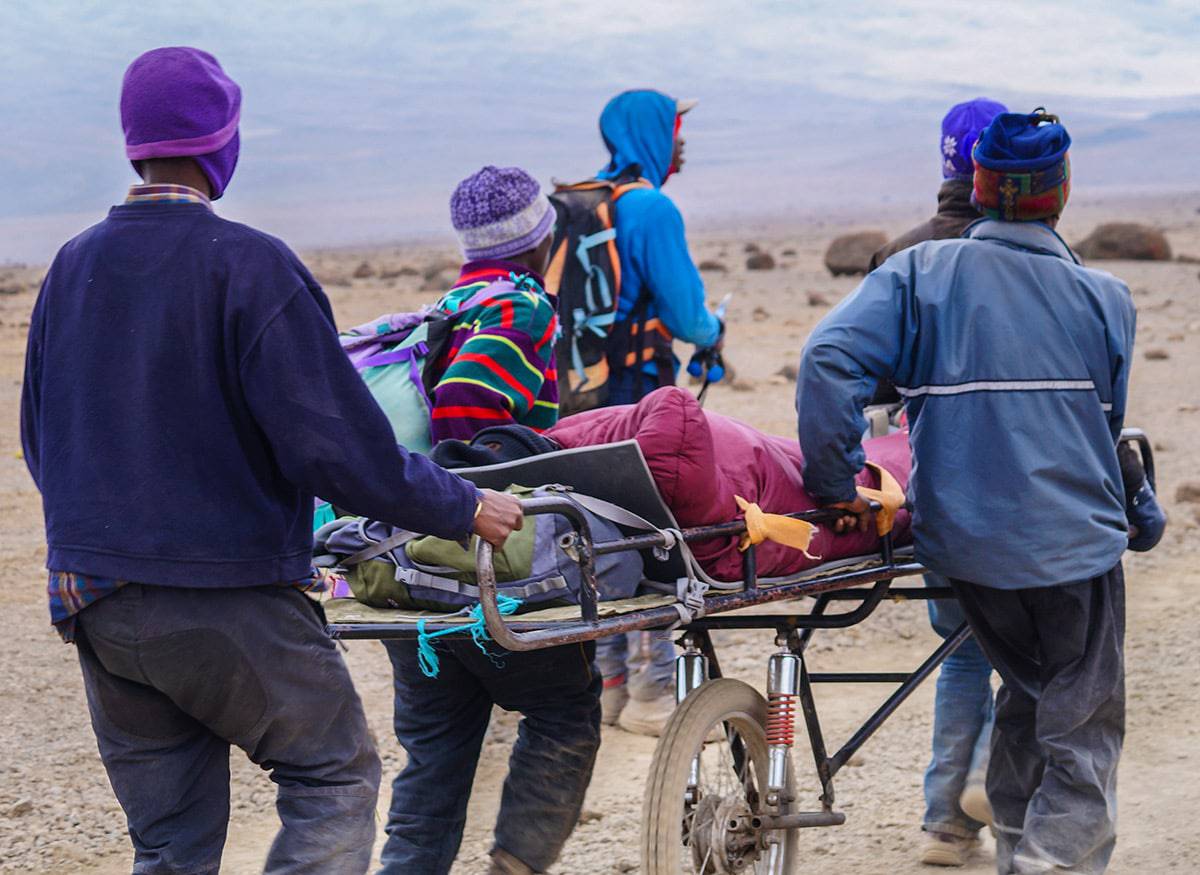Kilimanjaro Altitude Sickness
Preventing Altitude Sickness when Climbing Kilimanjaro
What is altitude sickness?
The most common factor that stops many climbers from reaching the summit is not the fitness required for the hike, but altitude sickness (the inability to acclimatize to the high altitude).
Kilimanjaro Altitude Sickness can be brought on by ascending too fast, which is why we recommend the Lemosho route's a more gradual ascent.
Also, keep in mind that the risk of altitude sickness increases if you’re already suffering a cold or the flu, so wait to climb Kilimanjaro once you are fully recovered. Altitude sickness is not uncommon on Mount Kilimanjaro, also known as the Roof of Africa in Tanzania, and the highest peak in Africa, and the tallest freestanding peak in the world! Towering at an incredible 5895m above sea level, climbing this majestic mountain has its challenges.
The most common of them all? Altitude sickness. Altitude sickness on Kilimanjaro and your overall safety on the mountain go hand in hand and should be taken very seriously. Here we cover the effects of enduring high altitudes, what to expect and how to overcome Kilimanjaro Altitude Sickness.

Our Partners






